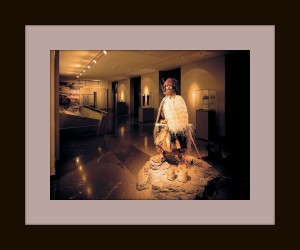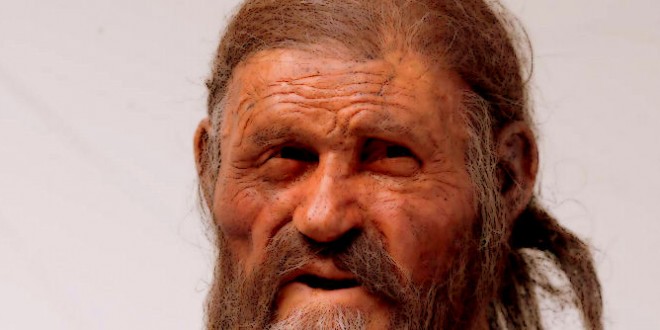 In Bolzano, you’ll have to get to the Museum road, up to the number 43. Here, where Italy and Austria they merge, start your adventure in a wonderful world to discover, that of the South Tyrol Archaeological Museum. Ötzi, the Iceman has 19 genetic relatives living in Austria. This is the latest in a string of surprising discoveries surrounding the famed ice mummy. Ötzi’s 5.300-year-old corpse, turned up on the mountain border between Austria and Italy in 1991 http://www.iceman.it/en
In Bolzano, you’ll have to get to the Museum road, up to the number 43. Here, where Italy and Austria they merge, start your adventure in a wonderful world to discover, that of the South Tyrol Archaeological Museum. Ötzi, the Iceman has 19 genetic relatives living in Austria. This is the latest in a string of surprising discoveries surrounding the famed ice mummy. Ötzi’s 5.300-year-old corpse, turned up on the mountain border between Austria and Italy in 1991 http://www.iceman.it/en
 Genetical researchers, looking at unusual markers on the Iceman’s male sex chromosome report, they have uncovered at least 19 genetic relatives of Ötzi in Austria’s Tyrol region. Ötzi’s frozen mummy, preserves a fine collection of Copper Age tattoos (numbering over 50 in total). Since Ötzi’s discovery, in an alpine glacier, more than three decades ago, scientists have subjected his mummy to a full-body health check. The findings don’t make pretty reading. The 40-something’s list of complaints include: worn joints, hardened arteries, gallstones, and a nasty growth on his little toe (perhaps caused by frostbite) https://www.youtube.com/watch?v=WA3AiNup7fY
Genetical researchers, looking at unusual markers on the Iceman’s male sex chromosome report, they have uncovered at least 19 genetic relatives of Ötzi in Austria’s Tyrol region. Ötzi’s frozen mummy, preserves a fine collection of Copper Age tattoos (numbering over 50 in total). Since Ötzi’s discovery, in an alpine glacier, more than three decades ago, scientists have subjected his mummy to a full-body health check. The findings don’t make pretty reading. The 40-something’s list of complaints include: worn joints, hardened arteries, gallstones, and a nasty growth on his little toe (perhaps caused by frostbite) https://www.youtube.com/watch?v=WA3AiNup7fY
The Iceman’s final meals, have served up a feast of information: his stomach contained 30 different types of pollen. Ötzi, he was died in spring (or early summer), and his partially digested last meal (that included grains and meat from an ibex, a species of nimble-footed wild goat), suggests he ate two hours before his end. Otzi, was found by two German tourists, on September 19, 1991. It was roughly recovered by the Austrian authorities and taken to Innsbruck, where its true age was finally discovered. Subsequent surveys showed that the body had been located a few meters inside Italian territory. It is now on display at the South Tyrol Museum of Archaeology in Bozen-Bolzano, Italy. http://www.iceman.it/en/prices
 Meeting Benches World art in all forms
Meeting Benches World art in all forms







